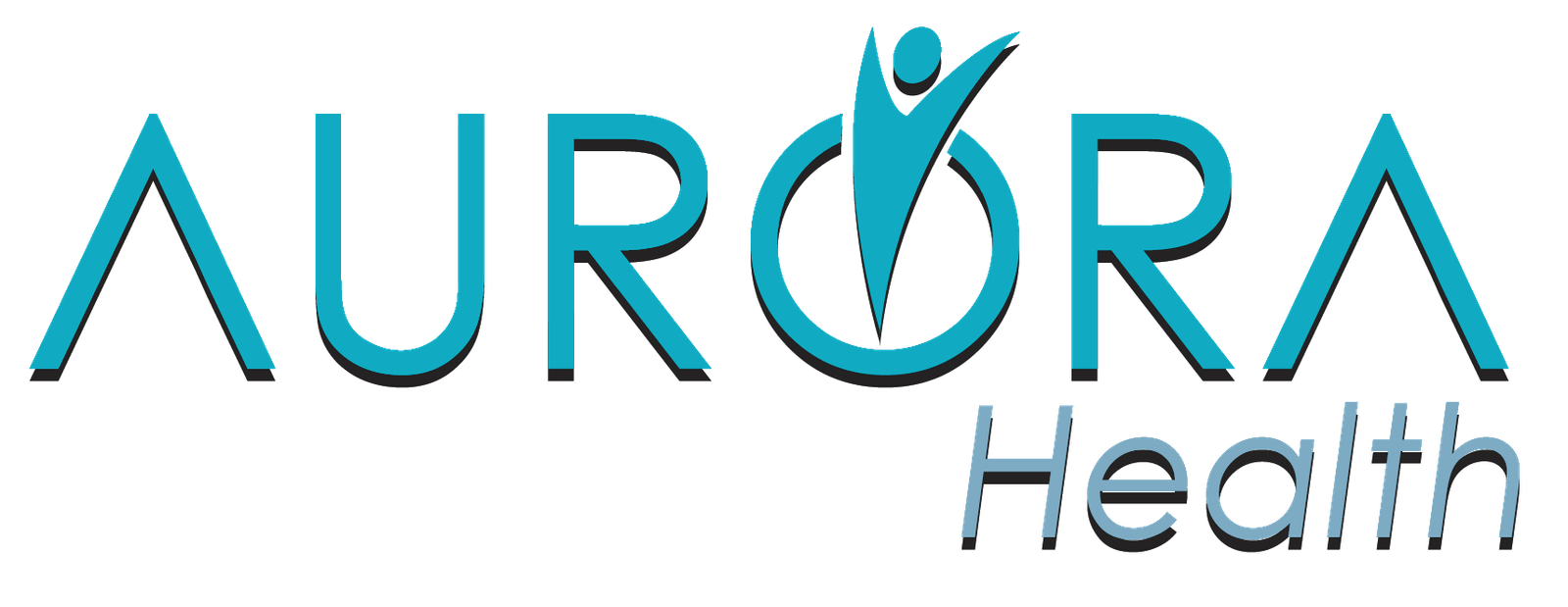
The Different Types of Light Therapy for Psoriasis
Light therapy is used to reduce the symptoms of psoriasis in patients by relieving inflammation in the skin and decreasing the rate of skin cell production. This therapy is usually recommended by doctors when the patient has psoriasis that is moderate to severe or their condition did not respond to any other treatments.
The different types of light therapy for psoriasis include:

Narrow-band UVB.
“Narrowband” refers to a specific wavelength of ultraviolet (UV) radiation, 311 to 312 nm. UVB phototherapy was formerly provided as a broadband source (290 to 320 nm). The narrowband range of UV radiation has proved to be the most beneficial component of natural sunlight for psoriasis.
Broad-band UVB.
Broad-band phototherapy is the oldest form of light therapy for psoriasis. It uses a wider wavelength than narrow-band therapy.
Laser UVB.
Excimer laser treatments aim a high-intensity ultraviolet B (UVB) light dose of a very specific wavelength — 308 nanometres — directly at the psoriasis plaques. Because the laser light never touches the surrounding skin, it reduces the risk of UV radiation exposure. Excimer lasers are used to treat mild-to-moderate psoriasis.
Topical PUVA.
Topical PUVA is a treatment that uses the combination of Ultraviolet light (UVA) and a chemical originally derived from plants called Psoralens. The Psoralens are applied to areas of skin to be treated in the form of a gel. This chemical helps the skin cells to be more receptive to light therapy.
Oral PUVA.
With oral PUVA, a person takes pills containing psoralen 2 hours before exposure of the skin to ultraviolet A wavelengths of light. This form of treatment may be especially helpful for very thick plaques.
Pulsed dye laser (PDL).
A pulsed dye laser is a laser that uses an organic dye mixed in a solvent as the lasing medium. A high-energy source of light such as a fast discharge flashlamp or an external laser is needed to “pump” the liquid beyond its lasing threshold. Pulsed dye lasers produce pulses of visible light at a wavelength of 585 or 595 nm, with pulse durations of the order of 0.45–40 ms.
Balneophototherapy.
Here, a person will undergo UV light treatments either while bathing in a salt-based solution or immediately afterward.
Low-level light or laser therapy.
Sometimes called “cold laser” treatment, doctors also recommend this treatment for other forms of inflammation and chronic pain.
UVB phototherapy at home.
Physicians may prescribe at-home follow-up treatment, with individuals using hand-held or smaller-scale light boxes to stay on top of their psoriasis and manage any increases in itchiness and plaques, or “flares.”

Greetings! Very useful advice in this particular post!
It’s the little changes that make the biggest changes.
Thanks for sharing!